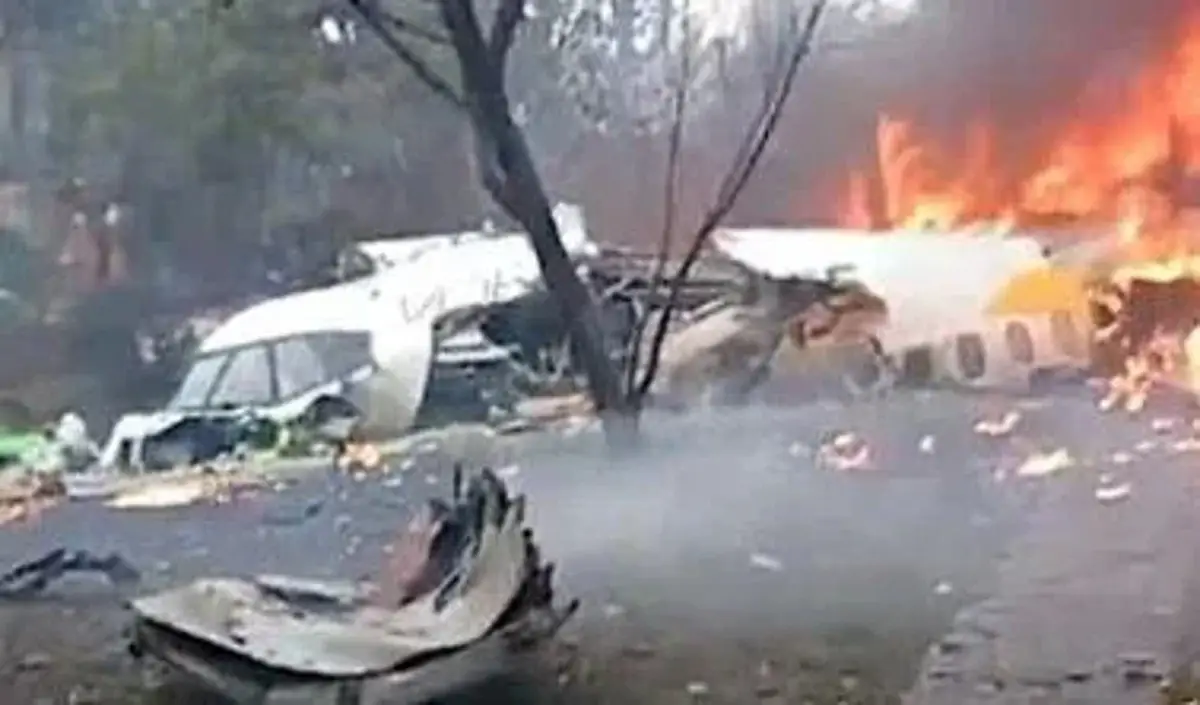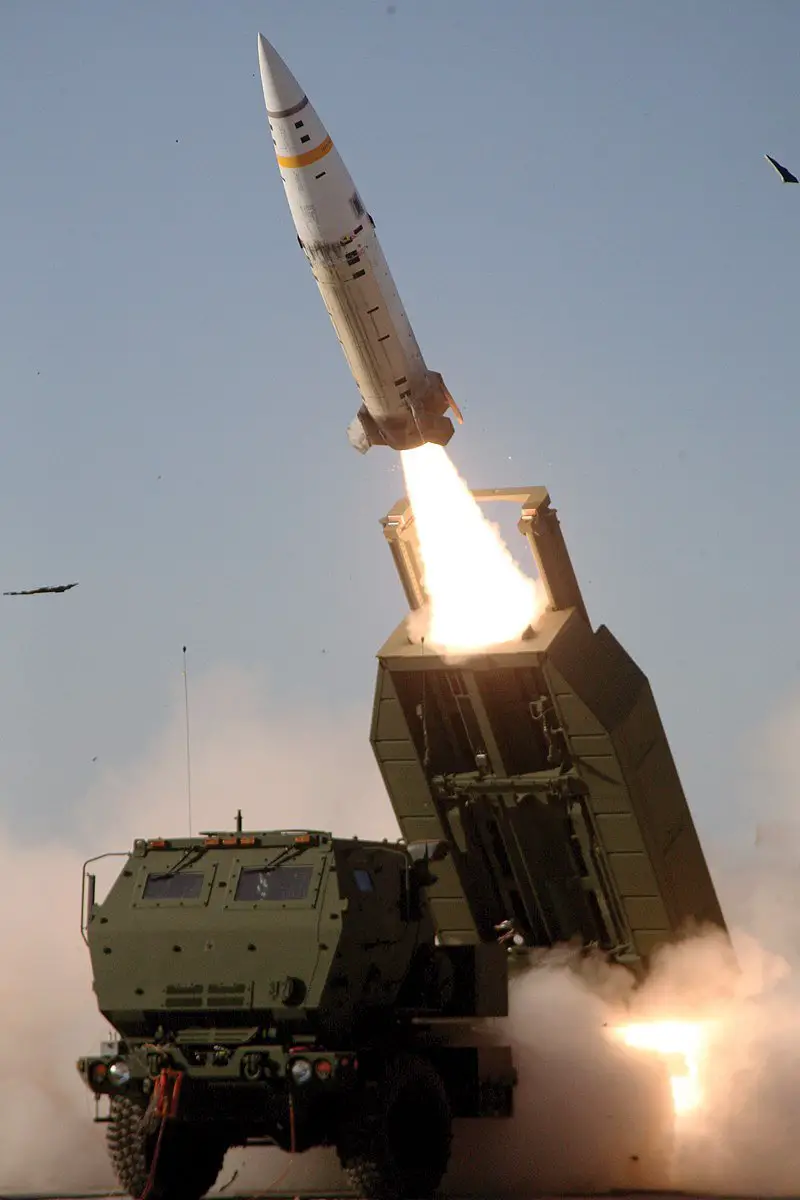Analysis By: Group Captain (Dr) MJ Augustine Vinod (Retd)
The aviation community was profoundly shaken by the tragic crash of the Voepass ATR 72 near São Paulo on 9 August 2024, a calamity that has sent shockwaves through the industry. This incident, which claimed numerous lives, serves as a stark reminder of the relentless challenges faced by pilots and the critical importance of accurate and reliable data in ensuring the safety of flight operations.
As we delve deeper into the details surrounding the crash, it becomes increasingly evident that this tragedy may have been preventable. Emerging evidence from preliminary investigations, which include SIGMET (Significant Meteorological Information) reports and flight data analysis, points towards severe icing conditions as a significant contributing factor.
This severe icing likely compromised the aircraft’s critical instruments, leading to erroneous readings and ultimately causing the pilots to make decisions based on inaccurate information.
The consequences were dire: a catastrophic aerodynamic stall that left the pilots with little time and few options to recover, spiraling the aircraft into an unrecoverable situation. This analysis underscores the fragile interplay between weather conditions, aircraft systems, and human decision-making in the high-stakes environment of aviation.
ANOTHER ANGLE OF THE TRAGIC PLANE CRASH IN BRAZIL TODAY 🚨
WHAT DO YOU NOTICE??? pic.twitter.com/CU3hhpOWbo
— Matt Wallace (@MattWallace888) August 9, 2024
Setting the Scene: Weather & Icing Conditions
On the day of the crash, weather conditions were anything but routine. A significant weather advisory (SIGMET) was issued that should have raised red flags for all operators in the region. This SIGMET, a critical tool used by pilots and airlines to anticipate and mitigate weather-related risks, was specifically aimed at alerting crews to the presence of severe icing conditions.
The advisory covered a broad altitude range between 12,000 and 21,000 feet within the Brasilia Flight Information Region (FIR), a vast airspace that oversees numerous flight routes, including those near São Paulo.
The SIGMET, issued by SBGL (Galeão International Airport in Rio de Janeiro), was explicit in its warnings, detailing the presence of freezing rain and supercooled large droplets.
These weather phenomena are notorious in aviation for their ability to rapidly accumulate on aircraft surfaces, including control surfaces and propellors. This can potentially lead to a dramatic loss of lift, increased drag, and other aerodynamic and propellor issues that can severely degrade aircraft performance. In the case of the ATR 72, a turboprop aircraft commonly used for regional flights, the threat posed by such conditions is particularly acute.
While the ATR 72 is equipped with de-icing systems designed to protect against such hazards, including heated leading edges on the wings and tail, propeller, and windshield de-icing, these systems have their limits.
Severe icing conditions, like those forecasted in the SIGMET, can overwhelm these protective measures, leading to the formation of ice on critical surfaces or, worse, on the aircraft’s sensors, such as the pitot tubes.

When these systems are compromised, the aircraft can give incorrect speed and altitude readings, creating a dangerous situation where pilots are forced to make decisions based on faulty data.
In such scenarios, even well-trained and experienced pilots can be caught off guard, as the performance of the aircraft can change unpredictably. The danger of severe icing cannot be overstated, especially when operating at altitudes where the atmospheric conditions can fluctuate rapidly, leading to the formation of ice that the aircraft’s systems may not be able to cope with in time.
The SIGMET was a clear indication that the weather posed a significant threat, one that required heightened vigilance and potentially even changes to the flight plan to avoid the most hazardous areas. Unfortunately, on this fateful day, these warnings were not enough to prevent the tragic outcome that ensued.
Flight Data & the Lead-Up To The Crash
Upon examining the flight data from the critical moments leading up to the crash, several key parameters emerge that immediately raise concerns about the aircraft’s condition and the decisions made in the cockpit. The data indicates that the aircraft was operating at a perilously low altitude, a situation that inherently reduces the margin for error. At this low altitude, the recorded airspeed of 20 knots stands out as a major red flag.
Such a low speed is far below the safe operating threshold for an ATR 72 and is highly indicative of the aircraft approaching or already being in a stall condition. In aviation, a stall occurs when the airflow over the wings is insufficient to produce lift, causing the aircraft to lose altitude rapidly unless corrective action is taken immediately.
The consistency in the aircraft’s directional heading during these final moments suggests that the pilots were still attempting to maintain control, but the reduction in speed signals a critical loss of lift. This aligns with the theory of an aerodynamic stall, where the aircraft, deprived of sufficient lift, begins to descend uncontrollably. The implications of this are dire, as recovery from a stall, particularly at low altitude, is challenging and often impossible without sufficient altitude to regain speed and control.
Further compounding the gravity of the situation is the video evidence captured during the crash. This footage clearly shows that the aircraft’s engines were functioning normally, with no visible signs of engine failure or flameout.
The engines appeared to be operating as expected, which is a crucial detail because it effectively ruled out mechanical failure as the primary cause of the crash. Instead, the focus shifts to other factors, namely aerodynamic and human factors, which may have played a pivotal role in the sequence of events that led to the disaster.

The fact that the engines were functioning normally, yet the aircraft still descended uncontrollably underscores the likelihood that the crash resulted from a combination of aerodynamic stall and possibly erroneous data being fed to the pilots.
In such scenarios, a blocked pitot tube, perhaps due to severe icing, could have provided inaccurate airspeed readings, leading the pilots to make incorrect inputs based on what they believed was reliable information. This situation would have been exacerbated by the low altitude, leaving the pilots with minimal time to diagnose the problem and recover the aircraft.
The interaction between human factors and the aerodynamic state of the aircraft becomes even more critical when considering the extreme pressure and stress the pilots were under. With alarms likely sounding and the aircraft’s behavior deviating from the norm, the crew would have been faced with a rapidly evolving situation that demanded immediate and precise action.
Unfortunately, it appears that the combination of low altitude, misleading airspeed data, and the onset of an aerodynamic stall left the pilots with few viable options to avert the impending disaster. From CVR, it will be interesting to see what kind of CRM (Crew Resource Management) would have been demonstrated if pilots had tried to avert the accident.
This analysis highlights the complex interplay of factors, such as aircraft state, CRM, icing, and cargo loading, that could have contributed to an aviation accident.
While the engines’ proper functioning initially suggests mechanical reliability, the underlying aerodynamic and human factors issues ultimately culminated in a tragic outcome.
As we await the final investigation report, these insights provide a glimpse into the challenging circumstances the pilots faced in those final moments. They also underscore the importance of accurate instrumentation and rigorous pilot training in handling such critical situations.

The Role Of The Pitot Tube: A Critical Point Of Failure
The pitot tube, though a small and seemingly simple component, is one of the most critical instruments on an aircraft, responsible for providing accurate airspeed measurements. This information is essential for the safe operation of the aircraft, as it influences nearly every aspect of flight control. The pitot tube works by measuring the pressure difference caused by the aircraft’s forward motion through the air.
However, in severe icing conditions, this crucial device can become blocked, either partially or fully, by ice accumulation. When this happens, the pitot tube can no longer provide accurate airspeed data, instead feeding erroneous information to the pilots.
This malfunction can be especially insidious because the rest of the aircraft’s systems may appear to be functioning normally, leading to a false sense of security.
In the scenario of the Voepass ATR 72 crash, it is highly plausible that the pitot tube became blocked by ice, leading to incorrect speed readings being displayed to the pilots. Without reliable airspeed data, the pilots would have effectively been flying blind, unable to accurately gauge their speed relative to the air.
This situation is particularly dangerous because it can lead to a cascade of incorrect decisions. For instance, if the pitot tube falsely indicated that the aircraft was flying faster than it actually was, the pilots might have reduced engine power or adjusted the aircraft’s pitch upward, believing they were at a safe speed.
Unfortunately, such actions would only exacerbate the problem by further reducing airspeed, pushing the aircraft closer to an aerodynamic stall.
With the pitot tube compromised and the pilots unaware of their true airspeed, they would have been vulnerable to a dangerous chain of events. A key principle of flight is maintaining sufficient airspeed to ensure that the wings generate enough lift to keep the aircraft airborne.
If the pilots believed they were flying faster than they actually were, they might have inadvertently reduced power or pitched the nose up, both actions that reduce airspeed and increase the risk of stalling.
In a stall, the wings can no longer produce lift, causing the aircraft to lose altitude rapidly. If not recognized and corrected immediately, this can lead to an unrecoverable situation, especially at low altitudes where there is little room for error.
This situation underscores the critical importance of the pitot tube in maintaining safe flight operations. A blocked pitot tube can turn a routine flight into a crisis as the pilots struggle to interpret conflicting information from their instruments.
It also highlights the need for pilots to be well-trained in recognizing and responding to situations where airspeed data may be unreliable, particularly in conditions where icing is a known risk.
The Stall & Subsequent Spin: A Deadly Spiral
Based on the data and eyewitness accounts, it’s likely that the aircraft entered a stall. In a stall, the wings lose lift, and if not corrected immediately, the aircraft can enter a spin. A spin is a complex and dangerous flight condition where the aircraft spirals downward. Recovery from a spin requires precise and timely inputs, which become increasingly difficult as altitude decreases.
From the video analysis, it becomes clear that the pilots were acutely aware of the aircraft entering a stall and made concerted efforts to recover from this perilous situation.
Their actions indicate a recognition of the stall as they attempt to correct the flight path and regain control. However, despite their best efforts, the recovery attempt was tragically too late.
In their bid to arrest the rapid descent and bring the aircraft back to a stable flight condition, the pilots likely pulled back on the controls to increase the nose-up attitude of the aircraft. Unfortunately, this maneuver, which is often a natural instinct in such a crisis, may have inadvertently led to a secondary stall.
A secondary stall occurs when an aircraft that is already in a stalled condition experiences a further loss of lift due to excessive nose-up input without sufficient airspeed recovery.
In this case, the initial stall likely caused the aircraft to lose significant altitude, and in a desperate attempt to prevent further descent, the pilots’ actions may have exacerbated the situation. The aircraft, already low on energy and in a compromised aerodynamic state, would have struggled to generate the necessary lift to recover, resulting in a further and more severe stall condition.
This secondary stall would have been devastating, sealing the aircraft’s fate as it continued to rapidly lose altitude. Given the low altitude at which the incident occurred, there was simply not enough time or altitude for the pilots to regain control.
The combination of a late recovery attempt and the onset of a secondary stall made recovery no longer possible, ultimately leading to the tragic crash. This analysis highlights the complex and unforgiving nature of aerodynamic stalls and the critical importance of timely and appropriate recovery actions, especially when operating close to the ground.
Human Factors & Decision-Making Under Stress
The ATR 72 is equipped with a stall warning system designed to alert pilots well before a stall occurs. However, in this situation, the warning may have been too late or overridden by other erroneous data, such as the incorrect airspeed from the pitot tube.
The stress on the pilots in such a scenario cannot be understated. With conflicting information, limited time, and a rapidly deteriorating situation, the pilots had to make split-second decisions. Unfortunately, these decisions may have led to the incorrect recovery technique, exacerbating the situation.
The Broader Implications: What Can Be Learned?
This tragic incident serves as a stark reminder of the dangers posed by severe icing and the critical importance of reliable instrumentation. It also highlights the need for continuous training for pilots in recognizing and recovering from stalls, especially in conditions where they may not trust the data they’re receiving.
Conclusion
In conclusion, while the final investigation report will provide more clarity, the current evidence strongly suggests that icing, leading to a blocked pitot tube, combined by tail-heavy loading of cargo/passengers, may have resulted in erroneous speed readings, which played a critical role in the chain of events that led to the stall, spin, and eventual crash of the Voepass ATR 72. This incident underscores the need for vigilance, preparedness, good CRM, and robust systems to prevent similar tragedies in the future.
- Group Capt MJ Augustine Vinod VSM (retd) is COO, AutoMicroUAS. The views expressed in the above piece are personal and solely those of the author. They do not necessarily reflect the EurAsian Times’ views.
- He tweets at @mjavinod





